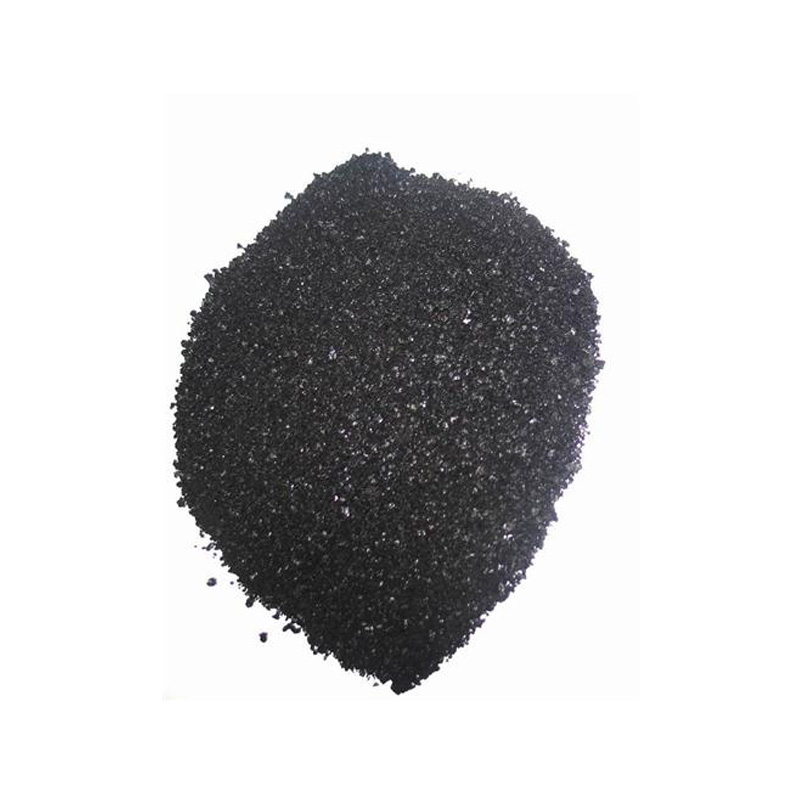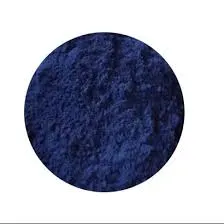indigo blue granular company


From an application standpoint, the craftsmanship involved in using organic blue dye demands expertise and finesse. Unlike synthetic dyes that guarantee uniformity, organic dyes present a unique challenge with their inherent variability. Master dyers possess the skill to manipulate these natural pigments to achieve the desired shade and depth. This process becomes an art form, where variables such as water pH, temperature, and fabric type all play crucial roles in the final outcome. Furthermore, the authenticity of organic blue dye contributes to its growing reputation. Consumers who prioritize trustworthiness are drawn to the transparency of production methods involved in organic dyeing. Brands leveraging organic blue dye can proudly showcase traceable sourcing and environmentally friendly techniques as part of their value proposition. This level of transparency not only evokes consumer trust but sets a benchmark for industry standards, promoting a more ethical approach to fashion and textile manufacturing. The future of organic blue dye is promising, with innovations continually enhancing its usability and vibrancy. Researchers are exploring genetically modified variants of indigo plants that could increase yield and colorfastness, driving down costs while maintaining eco-friendliness. Additionally, the integration of digital tools in handcrafting dye processes allows for greater precision and creativity, marrying tradition with technology. In summation, the allure of organic blue dye is not merely superficial. It embodies a rich tapestry of history, sustainability, artistry, and technological advancement. For businesses in the textile and fashion industry, embracing organic blue dye is more than adopting an eco-friendly practice; it is stepping into a narrative that honors nature while paving the way for future innovations. As interest in organic dyes continues to blossom, they are poised to redefine the industry’s landscape, making the world not only more colorful but more sustainable.
-
Thermal Stability Analysis of Bromo Indigo Pigments
NewsJun.06,2025
-
Sulphur Black Dye Oxidation Process Optimization
NewsJun.06,2025
-
Lightfastness Testing of Bromo Indigo Dyed Denim
NewsJun.06,2025
-
Granule Size Distribution and Jeans Color Uniformity
NewsJun.06,2025
-
Gradient Dyeing Methods with Indigo Blue Granules
NewsJun.06,2025
-
Dyeing Temperature Effects on Sulphur Black Color Fastness
NewsJun.06,2025
-
Sulphur Black Dyes in Daily Use
NewsMay.07,2025

Sulphur Black
1.Name: sulphur black; Sulfur Black; Sulphur Black 1;
2.Structure formula:
3.Molecule formula: C6H4N2O5
4.CAS No.: 1326-82-5
5.HS code: 32041911
6.Product specification:Appearance:black phosphorus flakes; black liquid

Bromo Indigo; Vat Bromo-Indigo; C.I.Vat Blue 5
1.Name: Bromo indigo; Vat bromo-indigo; C.I.Vat blue 5;
2.Structure formula:
3.Molecule formula: C16H6Br4N2O2
4.CAS No.: 2475-31-2
5.HS code: 3204151000 6.Major usage and instruction: Be mainly used to dye cotton fabrics.

Indigo Blue Vat Blue
1.Name: indigo blue,vat blue 1,
2.Structure formula:
3.Molecule formula: C16H10N2O2
4.. CAS No.: 482-89-3
5.Molecule weight: 262.62
6.HS code: 3204151000
7.Major usage and instruction: Be mainly used to dye cotton fabrics.

